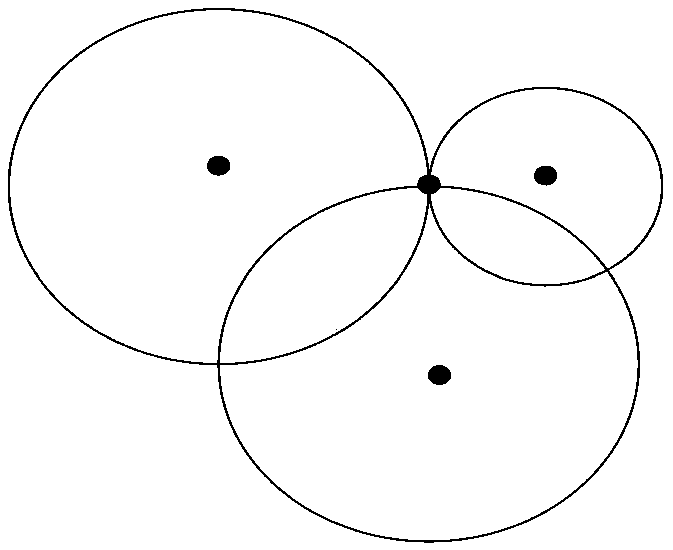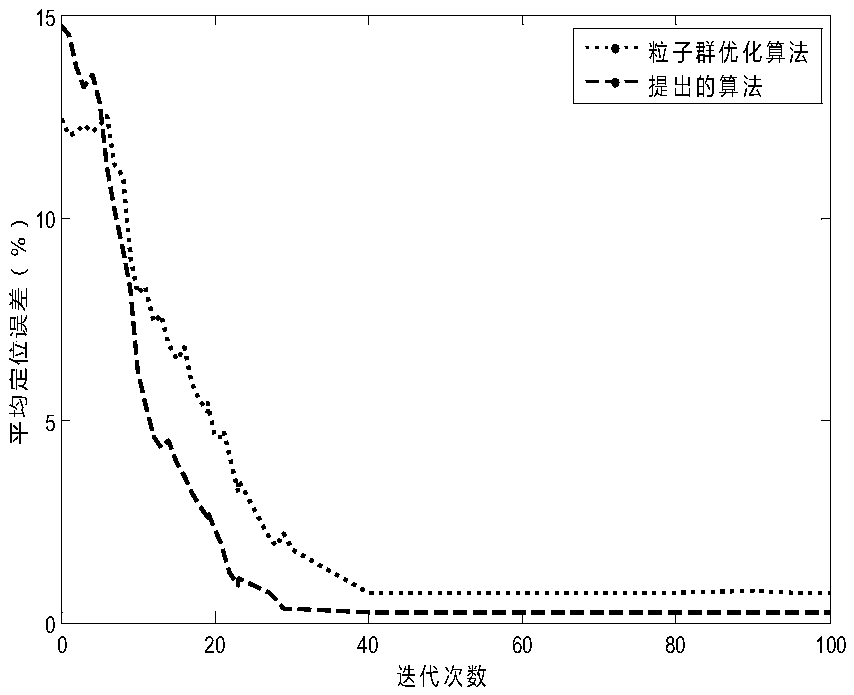Particle swarm positioning algorithm based on adaptive differential
An adaptive differential and positioning algorithm technology, applied in electrical components, wireless communication, network topology, etc., can solve the problems of slow particle swarm positioning convergence, unstable positioning, etc., to enhance exploration capabilities, increase hardware costs, and speed up convergence. effect of speed
- Summary
- Abstract
- Description
- Claims
- Application Information
AI Technical Summary
Problems solved by technology
Method used
Image
Examples
Embodiment Construction
[0035] The particle swarm localization algorithm based on adaptive difference mainly includes differential mutation particle swarm, selection operator, and particle swarm algorithm and difference algorithm to jointly search for local optimal solutions and compare fitness values. In the present invention, 100m×100m is used as the experimental simulation area, and the communication between all nodes in the simulation area is normal, and the communication radius is 30m; the population size is NP=30, and the maximum number of iterations is g max = 60, the maximum speed v max =10, initial inertia weight w max = 0.8, the final weight w min =0.1,c 1 =c 2 = 2, all simulation tests are carried out 500 times, using the average positioning error to judge the positioning accuracy of the algorithm:
[0036] A V E = Σ i = 1 ...
PUM
 Login to View More
Login to View More Abstract
Description
Claims
Application Information
 Login to View More
Login to View More - R&D
- Intellectual Property
- Life Sciences
- Materials
- Tech Scout
- Unparalleled Data Quality
- Higher Quality Content
- 60% Fewer Hallucinations
Browse by: Latest US Patents, China's latest patents, Technical Efficacy Thesaurus, Application Domain, Technology Topic, Popular Technical Reports.
© 2025 PatSnap. All rights reserved.Legal|Privacy policy|Modern Slavery Act Transparency Statement|Sitemap|About US| Contact US: help@patsnap.com



